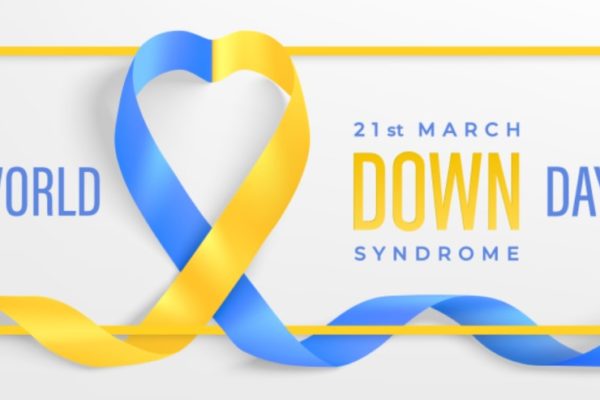Since starting my own business I have become a much more active LinkedIn user. This has certain advantages as I seek to broaden my work network and keep updated with what is going on in the investment community. Opening up to the online community does, however, have its drawbacks. One of the downsides is the need to spend time differentiating the various LinkedIn requests to connect. Who is genuinely interested in connecting with a view to sharing ideas and perhaps business opportunities and who is simply wanting to sell me something?
This might seem a bit of a churlish attitude, particularly as I too use the system to uncover people to whom I would like to market my business. This got me thinking about the very process of differentiating those approaches. What makes an email or message grab your attention and read on or click the ‘accept’ button?
As someone who writes a blog every week, I suppose it would be beneficial for me to have a better understanding what holds the attention of the reader. The trouble is that every time I hover over the ‘publish’ button on my WordPress blog page I get a host of red flags telling me I need to ‘change this’ or ‘shorten that’ and invariably I get a sad face from my Yoast SEO (whatever that is!). So I know I’m doing a lot of things wrong, yet I still press the button. Publish and be damned (or perhaps unread)!
But I cannot apply such a cavalier approach to work emails and messages, if I am going to stand any chance of making this business work. So it was with interest when I was introduced this week to a marketing framework that seeks to address this very issue. Well known to most I’m sure – just not marketing luddites such as me – it is called the AIDA model.
Nothing to do with Verdi (little opera joke there), AIDA stands for Attention, Interest, Desire and Action and apparently is one of a range of hierarchy of effects models. The Attention piece needs to grab the reader, perhaps through creating a sense of urgency, curiosity or by personalisation. A friend of mine who generally ignores all emails tended to respond if ever I placed the word ‘beer’ in the subject line. Once you’ve grabbed the reader’s Attention, you need to provide some content that is compelling to the reader to gain their Interest. Desire is the sales pitch – why they need to buy and Action is what they need to do; sign on the dotted line.
I can see the benefits of applying the model when crafting a message and certainly I would imagine that having a disciplined approach to communications will create more opportunities. There is the risk that it becomes a bit obvious to the reader that they’re being marketed to and, for me, that invariably leads to the delete button.
An alternative approach to my differentiating dilemma would be to accept all and then follow the advice of a blog I read this week – purge all negativity and hit the ‘unfollow’ button of anyone who writes anything that offends or brings pessimism into the world. In times of greater focus on mental wellbeing, I can see the benefit of this. But as a fan of cognitive diversity I think it is important to have challenge and counter points of view in order to try and make sense of the increasingly complex world in which we live.
Anyway, I shall be more mindful of how and what I say when I craft emails and perhaps apply the same test to those approaching me. Pass the AIDA test and you get through, otherwise the delete button beckons!






